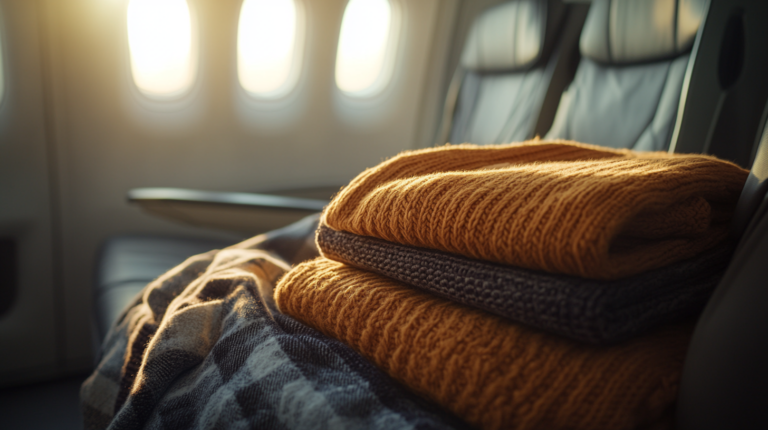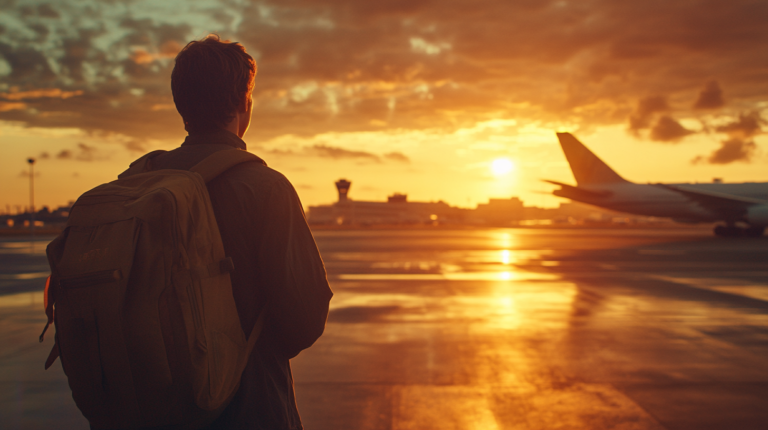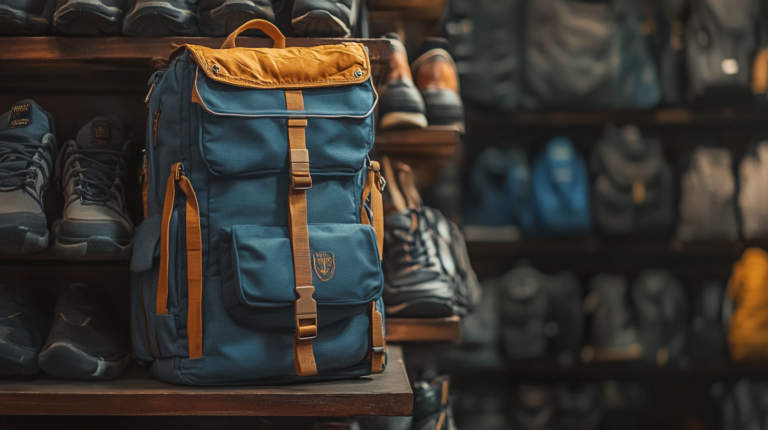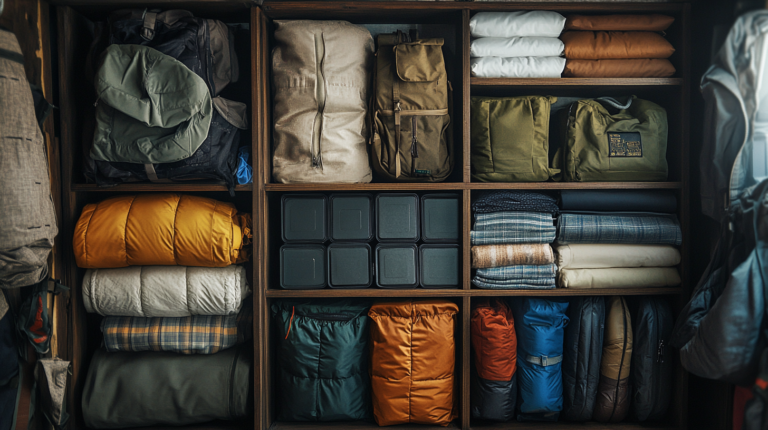How Long Should a Business Trip Really Be?
I’ve often noticed in my own travels that the length of a business trip can truly make or break the overall experience. Flights may be faster now, and virtual meetings more common than ever, but there’s something irreplaceable about sitting face to face with partners and clients. A quick trip can be invigorating, yet a longer stay might allow for deeper connections — it all depends on what you’re trying to accomplish.
According to industry data from 2024, business travel continues to grow at a steady pace, with over 1.5 million trips taken every day across the globe. Despite the rise of remote collaboration, companies still see the value in sending their employees out into the field to build relationships and secure deals. I personally love this blend of work and on-the-go exploration, but it does come with its share of balancing acts, from budgeting to jet lag.
Why Trip Length Matters

From my perspective, deciding how long you should stay away on business boils down to strategy and well-being. On the one hand, short bursts can be cost-effective, reinforcing a laser focus on critical meetings. On the other hand, a multi-week excursion spreads out obligations, allowing for deeper networking, workshop attendance, or extended site visits.
I’ve encountered colleagues who thrive under pressure, racing from one airport gate to another, finishing big presentations on the plane. Others prefer a more measured pace, taking time to explore local cultural nuances or check in with multiple client offices. In fact, a recent study suggests that employees who travel for more than a few days often report higher satisfaction with the depth of their on-site collaborations, though they may feel more fatigued by the end.
While I enjoy treating myself to local flavors and keen observations of new environments, it’s not always easy to be away from home. Missing family events or not having a reliable routine can take its toll. That’s why many companies are re-examining their travel policies and encouraging travelers to find the sweet spot where productivity and mental health align.
Key Factors That Determine Duration

In my view, the purpose of the trip is the first big clue. If you’re just covering a single conference, flying in and out within a couple of nights might be enough. But schedules dominated by negotiation phases or interdepartmental training across multiple locations can stretch trips by several weeks. It’s important to be realistic about how much time you need to achieve those core objectives.
According to 2023 data from the Global Business Travel Association, companies are increasingly offering flexible guidelines for trip durations, as long as employees meet set revenue or productivity goals. I’ve personally benefited from these flexible policies; layering in a free afternoon for new client follow-ups can yield surprising benefits, like discovering an untapped market or forging an unexpected partnership.
Budget constraints play an equally critical role. A lavish, open-ended journey might sound ideal, but controlling costs can be as essential to success as the deal you’re hoping to close. That means I often look for airline loyalty programs, hotel rewards, or even coworking spaces that offer discounted weekly and monthly rates. It’s all about balancing comfort with practicality.
Planning Extended Stays
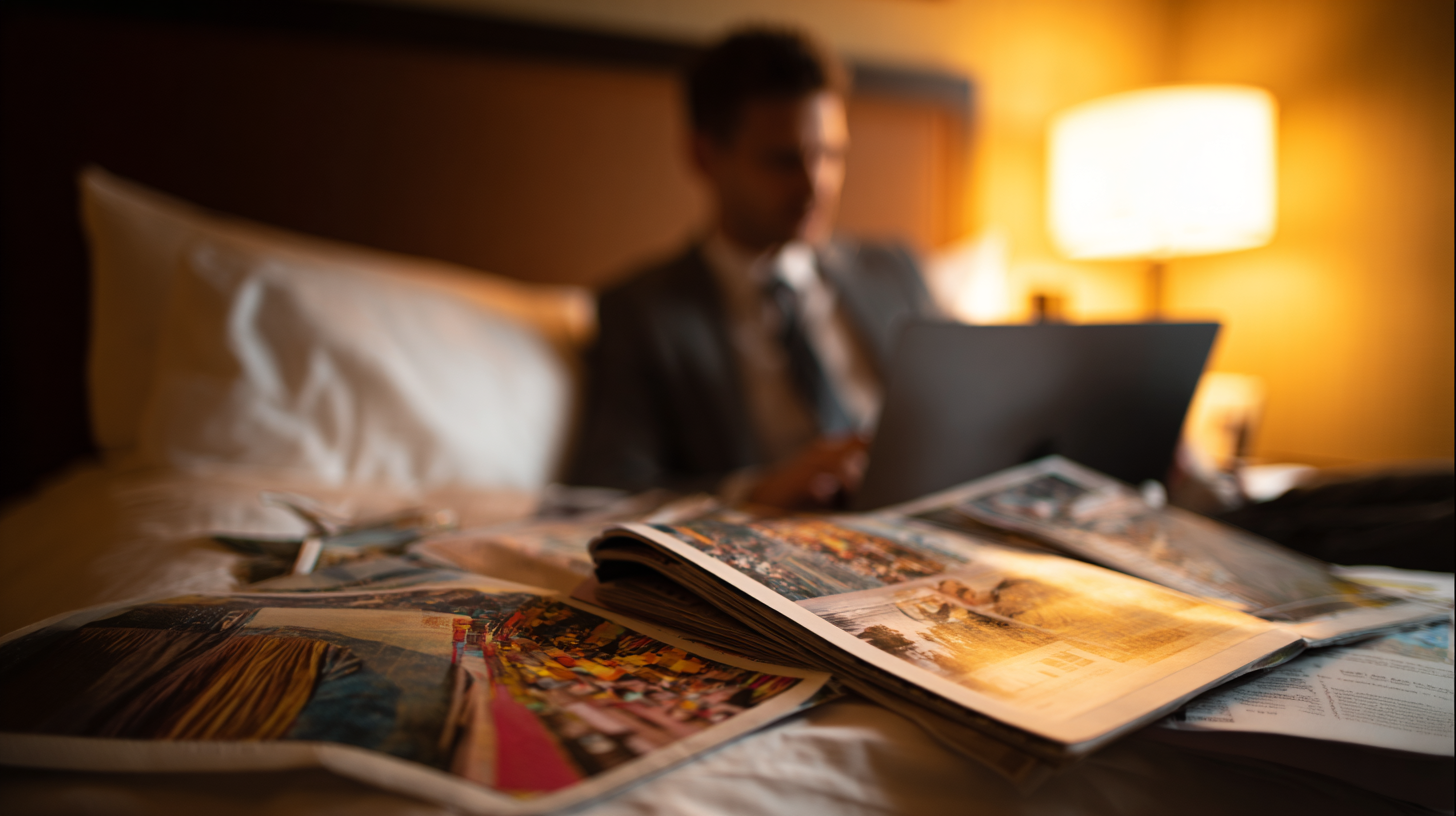
When I’m on the road for more than a week, I quickly learn that typical hotel rooms can feel cramped. I gravitate toward accommodations with kitchens, laundry facilities, and communal areas. In fact, Locke aparthotels in busy European hubs have been a lifesaver for me, since they combine the convenience of a hotel with the spaciousness of an apartment. A 2024 survey by the European Hospitality Council indicates that aparthotel demand is on a steady rise, largely thanks to the growing number of business travelers looking for that “home away from home.”
Beyond lodging, scheduling downtime into an extended stay is essential. I find that a mid-trip day off, or even an afternoon free from meetings, can recharge my batteries and help me mentally process the outcome of earlier sessions. Travel management software also comes in handy, especially those features that track itineraries in real time and send reminders about any mandatory compliance clauses or local health requirements.
I’ve experienced my fair share of jet lag during these longer assignments, so getting a base of operations with reliable internet, good lighting, and comfortable workstations is critical. With these elements in place, I’m able to hit the ground running each day without feeling too disjointed from my routine back home.
Essential Packing and Prep Tips
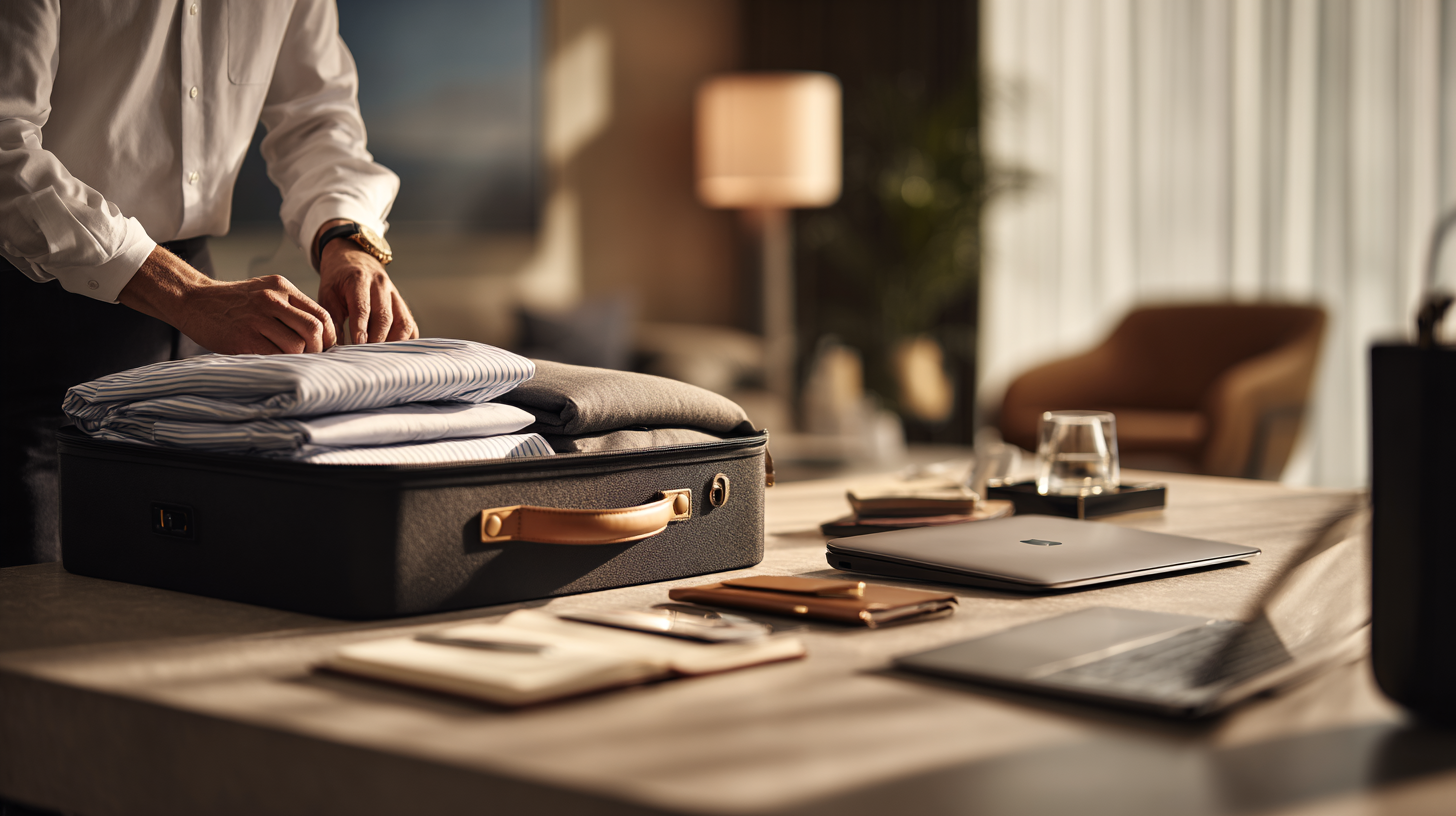
In my own experience, advanced packing prep is everything. I stick to a capsule wardrobe that blends well with different climates and professional settings. According to a 2025 packing trends report, many frequent travelers now rely on lightweight fabrics that can resist wrinkles and adapt across seasons, making it easier to look polished without lugging too many suitcases.
Technology is my lifeline: extra chargers, power banks, and adapters are always within reach. The backup charger has saved me more than once when a meeting ran over, and my phone’s battery was near its end. Additionally, I recommend joining loyalty programs that offer lounge access, especially if you expect layovers. A bit of quiet time with free Wi-Fi can do wonders for prepping or decompressing between flights.
Handling cultural differences and unexpected delays thoughtfully can prevent a lot of headaches. I like to review local customs before visiting a new destination, from handshake etiquette to typical business hours. A colleague once introduced me to the concept of time-blocking for flight delays: build your schedule as if you expect a couple of setbacks. That way, if complications arise, your timeline can adjust more gracefully.
The Bottom Line for Frequent Flyers

Whether it’s an overnight dash or a month-long immersion, focusing on a clear mission and anticipating challenges can transform a hectic trip into a smooth adventure. I’ve discovered that wise packing, strategic planning, and the right mindset can spare me from countless inconveniences. Even small decisions, like choosing a well-placed hotel or making time for a quick workout, can significantly boost morale.
I like to remind myself that every business trip is an investment, and a longer stay can sometimes yield stronger client relationships. At the same time, keeping track of personal well-being — from sufficient rest to nutrition — ensures that the trip remains productive rather than draining. Balancing these factors keeps me coming back refreshed and ready to tackle the next set of meetings.
Final Thoughts

Wrapping up a business trip is never just about hopping on the return flight — it’s about reflecting on the lessons learned, connections made, and overall wellness maintained from start to finish. In my experience, every successful journey starts with a plan that aligns your goals with a realistic timeline.
Remember that there’s no one-size-fits-all formula: what works for a hands-on sales manager might not be right for an IT consultant doing remote tech installs. Don’t be afraid to experiment with different trip durations, lodging setups, or meeting schedules. Being open to adjustments mid-trip can often salvage unexpected challenges and turn them into fresh opportunities.
As the world of business travel continues to evolve, we’re seeing new innovations like AI-driven booking systems, more sustainable flight options, and creative accommodations that blend living and working spaces. Embracing these changes can help ensure you get the most out of your time on the road.
Barry B.’s Take
From my viewpoint, a solid business trip isn’t just the sum of completed meetings. It’s also about how those encounters sharpen my perspective, inspire new ideas, and remind me of how interconnected the modern world really is. Balancing the need for efficiency with an openness to new experiences has kept me eager to explore what lies beyond the next boarding gate.
I believe the ideal stay length is the one that supports your objectives, nurtures your well-being, and allows you to have a little fun along the way. After all, we travel not just for profit margins but to enrich our lives and, hopefully, leave each destination a bit better informed and inspired.
milesBUZZ is where you can find more insights and travel updates for the journey ahead.


